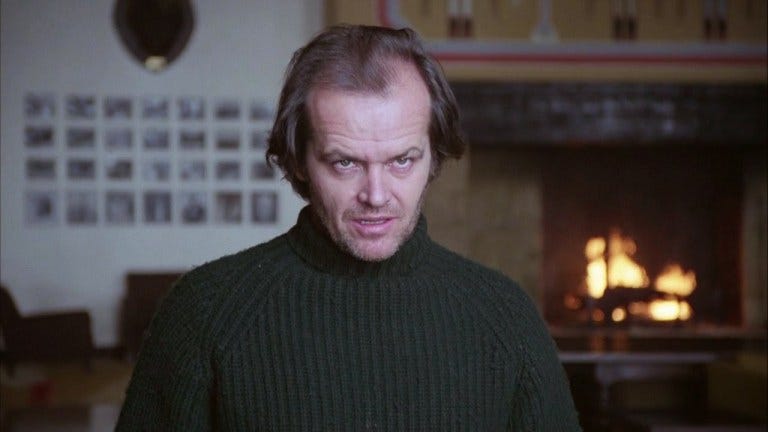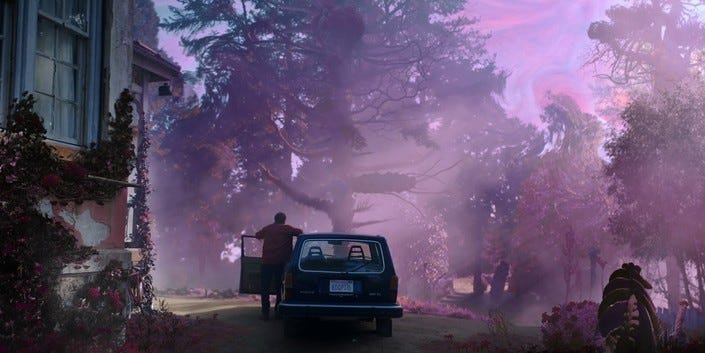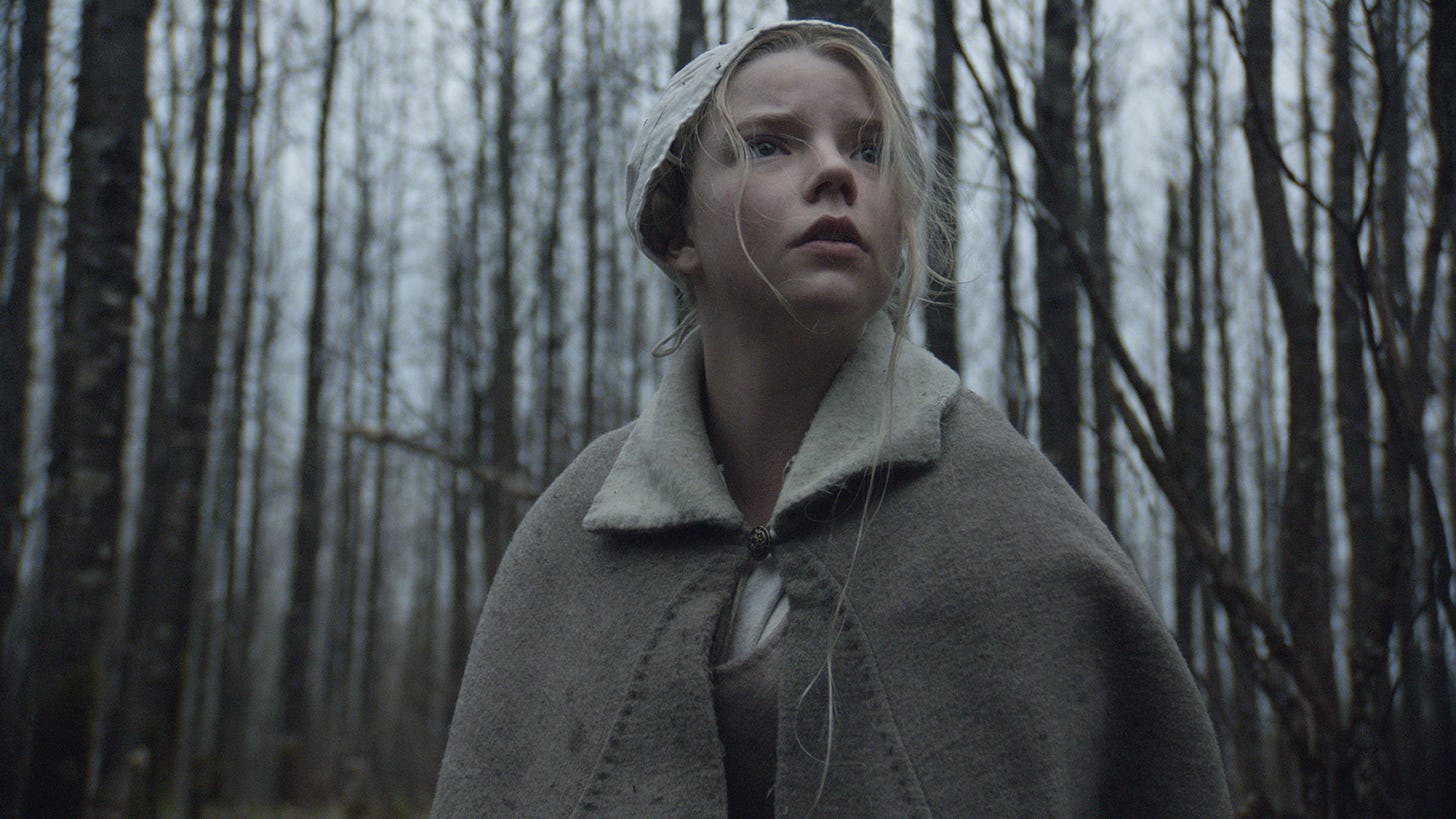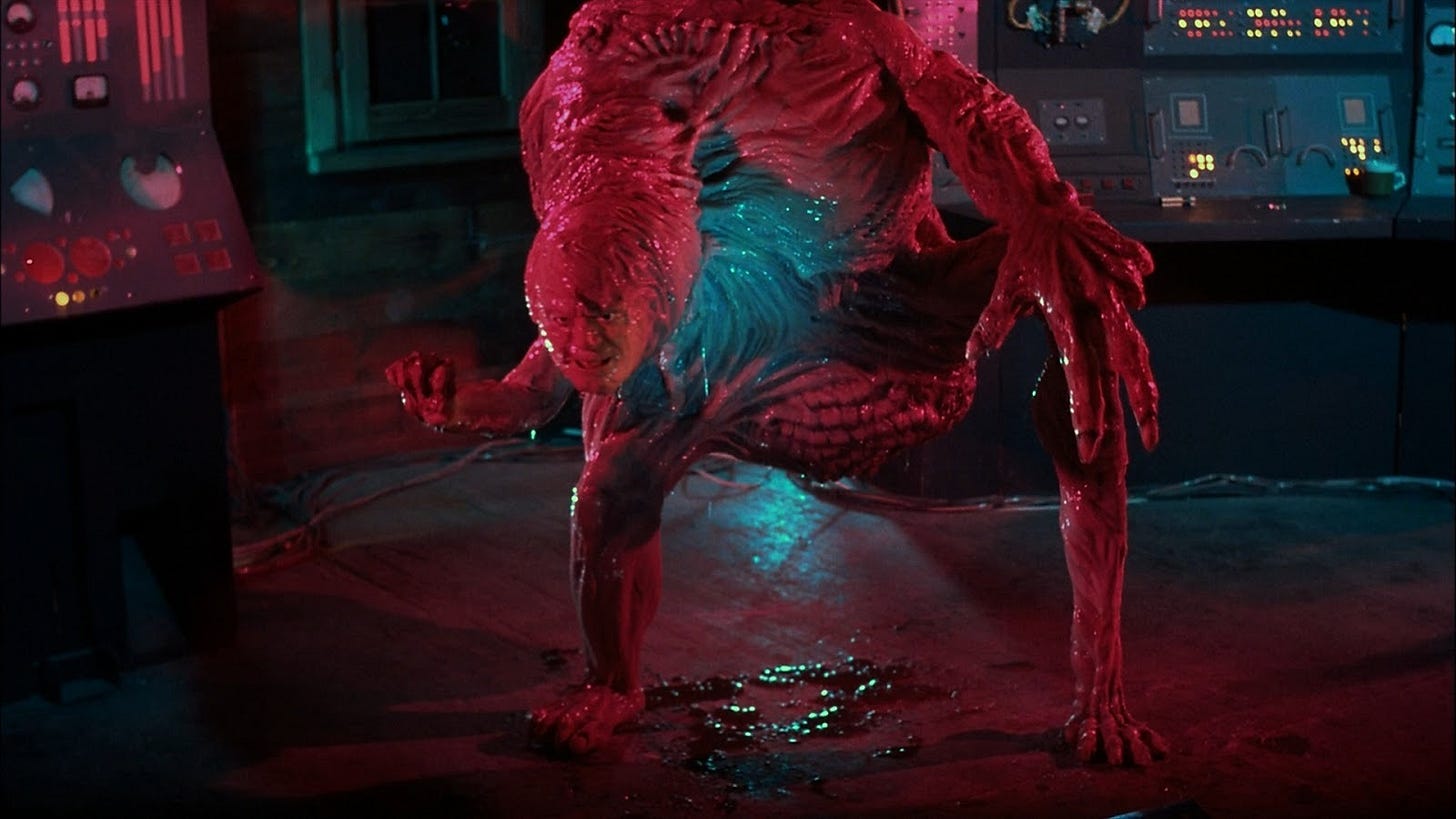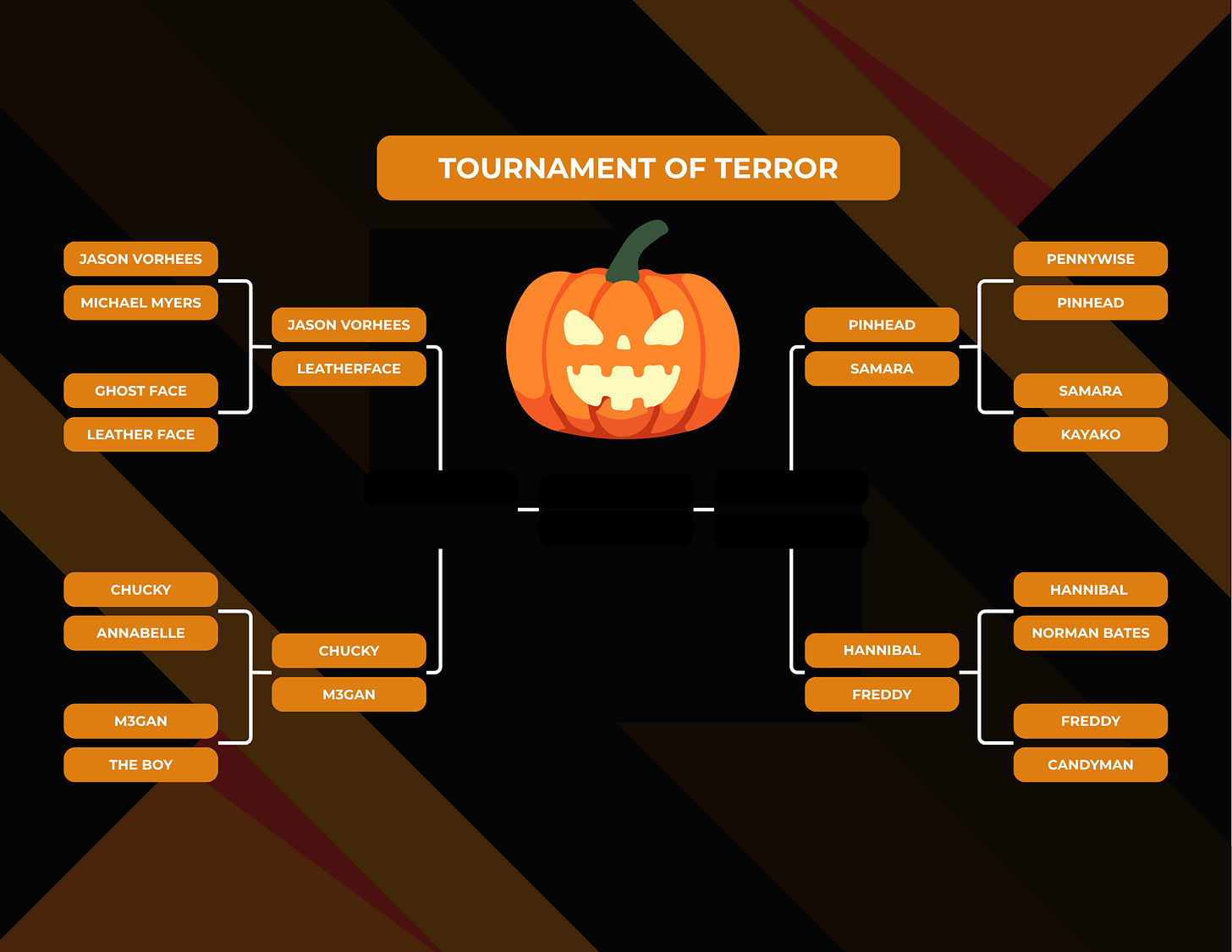Horror is everywhere right now. You can feel it in the rise of elevated horror films, the boom in indie horror comics, and the way books like The Only Good Indians and Mexican Gothic have found huge audiences. People are hungry for stories that make them feel something real - fear, tension, release. It’s not just about scares anymore. It’s about exploring what frightens us and why.
The truth is, horror wears a lot of faces. Some stories creep under your skin, some unsettle your worldview, and others just twist your gut. To really understand what makes horror tick, it helps to break it down into a few key categories. Each one draws from a different kind of fear.
Here are four of the most enduring and powerful types of horror, with examples from movies, books, and comics to help you explore each one.
Psychological Horror: The Monster in Your Mind
This is the horror that burrows deep, where you’re never quite sure what’s real and what isn’t. The scares come from paranoia, guilt, trauma, and the fear that your own mind might betray you.
Movies: The Shining, Black Swan, The Babadook
Books: House of Leaves by Mark Z. Danielewski, The Haunting of Hill House by Shirley Jackson
Comics: Gideon Falls by Jeff Lemire & Andrea Sorrentino, Ice Cream Man by W. Maxwell Prince
Psychological horror sticks with you because it’s personal. It doesn’t rely on jump scares. It lingers in the quiet moments when you’re alone with your thoughts. It’s the kind of horror that asks, “What if the real threat is me?”
Cosmic Horror: The Fear of the Unknown
If psychological horror makes you doubt yourself, cosmic horror makes you doubt everything else. It’s about the vast, uncaring universe, about forces so ancient and immense that human life feels meaningless in comparison.
Movies: The Thing, In the Mouth of Madness, The Endless
Books: At the Mountains of Madness by H.P. Lovecraft, The Fisherman by John Langan
Comics: Black Stars Above by Lonnie Nadler & Brad Simpson The Fall by Jared Muralt
Cosmic horror thrives on awe and dread. It’s the sinking realization that we’re not just small - we’re irrelevant. The best stories in this category don’t explain everything. They leave you uneasy, staring into the dark, wondering what’s out there watching back.
Folk Horror: The Old Ways Never Died
Folk horror taps into something ancient - the tension between modern logic and old-world superstition. These stories often unfold in isolated villages or rural landscapes where rituals still matter and the land remembers.
Movies: The Wicker Man, Midsommar, The Witch
Books: Harvest Home by Thomas Tryon, The Only Good Indians by Stephen Graham Jones
Comics: The Autumnal by Daniel Kraus & Chris Shehan, Wytches by Scott Snyder & Jock
There’s a slow burn to folk horror. You feel the unease build as the outsider realizes they’re surrounded by something ancient, something that won’t be reasoned with. It’s about how tradition can comfort or consume.
Body Horror: When the Flesh Fails You
Few things unsettle us like the idea of losing control of our own bodies. Body horror pushes that fear to the extreme through disease, mutation, or transformation. It’s not just about gore; it’s about identity, and what happens when your body becomes alien to you.
Movies: The Fly, Tetsuo: The Iron Man, Possessor, The Substance, Pretty much anything David Cronenberg
Books: The Troop by Nick Cutter, Tender is the Flesh by Agustina Bazterrica
Comics: Crossed by Garth Ennis, Nameless by Grant Morrison, Into the Unbeing by Zac Thompson
It’s messy, shocking, and deeply human. Underneath the blood and viscera, body horror is about change, physical or emotional, that you can’t stop or control.
Why These Categories Matter
Each of these subgenres speaks to a different kind of fear.
Psychological horror asks what happens when your mind breaks.
Cosmic horror reminds us how small we really are.
Folk horror warns that the past isn’t as buried as we think.
Body horror confronts the fragility of being human.
Together, they show how versatile horror can be. Whether you’re writing, reading, or watching, understanding these flavors helps you appreciate the craft and maybe uncover which fears hit closest to home.
As creators, these subgenres give us tools to explore meaning through fear. They help us design tone, build atmosphere, and decide what kind of story we’re really telling. Horror isn’t just about scares, it’s a mirror. And the reflection changes depending on which kind of darkness you choose to face.
So, what kind of horror gets to you the most? Leave a comment!
Tournament of Terror - Week 2
That was an interesting first round of this years tournament! I was surprised to see Jason take down Michael. Chucky and M3GAN were the clear winners of the doll wars. Pennywise and Pinhead ended in a tie and went into the rando-matic and Pinhead came out on top and will be going toe to toe with Samara. Hannibal took out the classic slasher Norman Bates and Freddy won out over Candyman. Although, I would like to say the late great Tony Todd will always hold a special place in our hearts!
This week will be less graphic heavy, I know some were having issues with the article loading properly. Let’s get into it!



